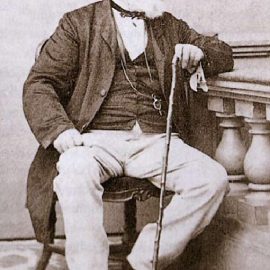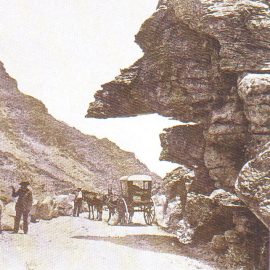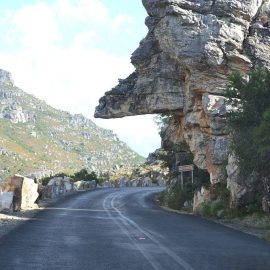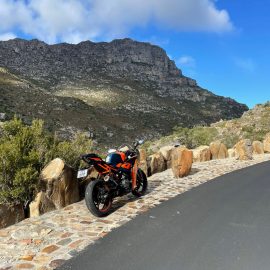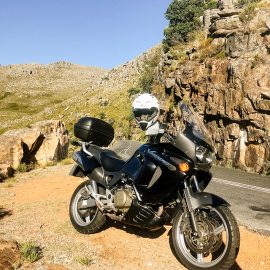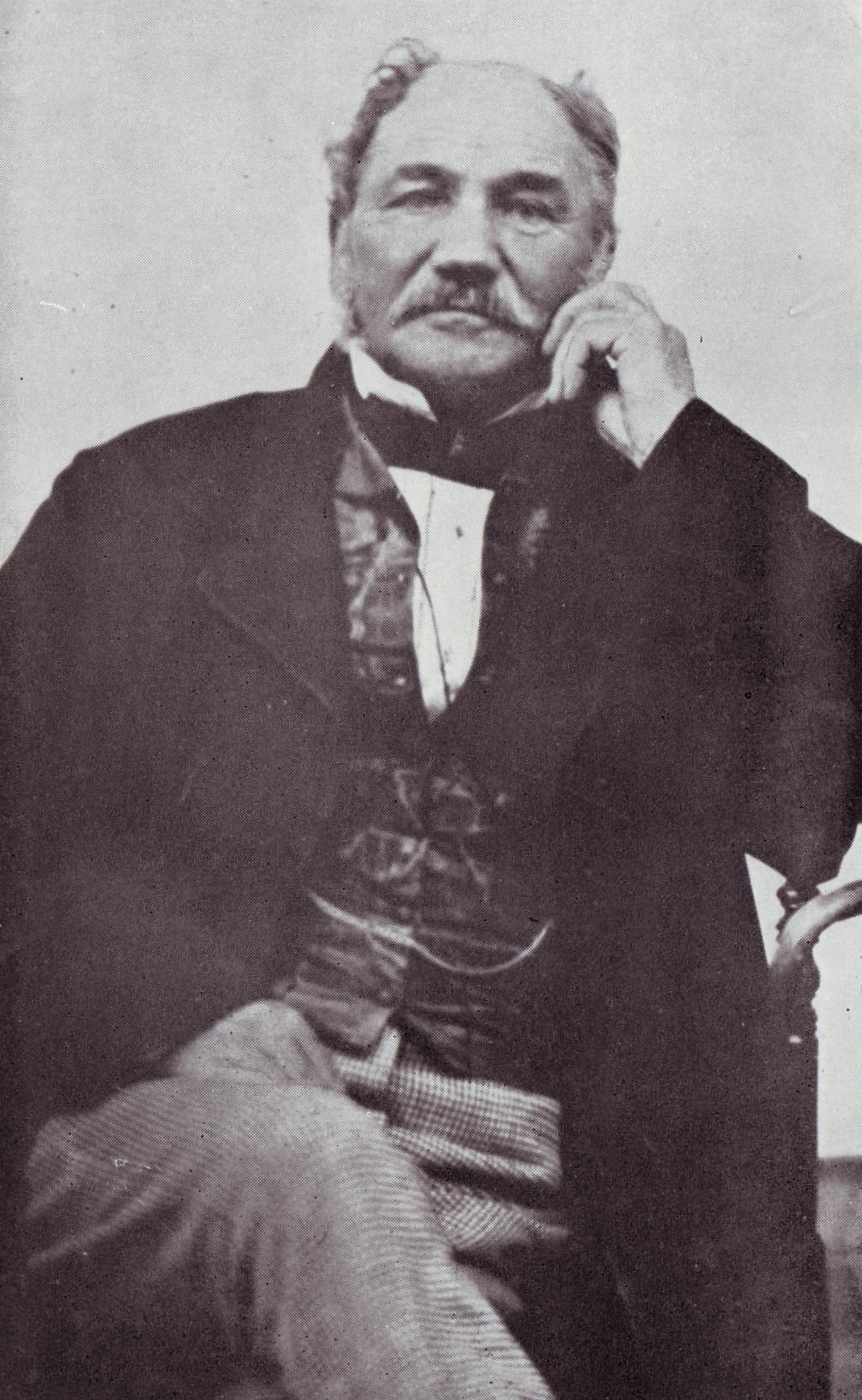
31 Aug On Yer Bike: Bainskloof Pass
FMM Curator Wayne Harley takes a month off from a review and describes one of the pleasures a bike ride can provide…
Last month when reviewing the KTM RC390, I took a trip over the newly resurfaced Bainskloof Pass (R301), which is one the Western Cape’s most picturesque mountain passes. While riding along, I wondered just how many people actually know the full story behind the pass, and what an amazing experience it provides. I’ve ridden over the pass many times in both directions on so many different types of motorcycle and I still enjoy every metre of the 28,6 km of road, with its never-ending twists and turns that feed into each other. It’s not a road you need to test the limits of your riding skills, rather a case of throttle back, sit up a little and enjoy the breathtaking views. This approach is also advisable because you will most definitely encounter groups of other bikers, cyclists, hikers and motorists, all enjoying this spectacular national monument.
The pass has a long history and was once the main route to the interior of the Cape, and is very much as it was when originally built back in 1853. Designed and planned by Andrew Geddes Bain, who, with great vision, carved out a pass along the cliff sides of the Limietberg Mountains with a workforce of some 500 convict labourers. Bain had used a similar workforce to build the Franschhoek Pass and Sir Lowry’s Pass some 20 years prior. It’s impressive to think that all the stone buttresses were hand -chiselled and laid using a dry stone method, as concrete and cement didn’t exist and tons of enormous rocks had to be moved with gunpowder as dynamite had not been invented at the time. Just as astounding is the fact that many of these dry stone walls and buttresses still support the road today!
The route of the pass follows the Witte River and was a dirt road until it was tarred in 1934. In the early years, the pass was also a toll road and this is evident in the names of places en route: ‘Eerste-Tol, which is now known as Bain’s Village, and ‘Tweede-Tol’, which now a great picnic and camping spot. Along the way are many points of interest, including the Bell Rocks, Dacres Pulpit, Montagu Rocks, Pilkington Bridge, Borcherds Bridge and not forgetting the Calabash Bush Pub.
Bainskloof Pass served as the main route to the north for almost 100 years before it was finally replaced with the DuToitskloof Pass (R101) in 1949. Even at a steady pace, riding the route is a fantastic way to spend a spring Sunday morning. Open the visor on the helmet and enjoy one of the best rides in the Western Cape.




